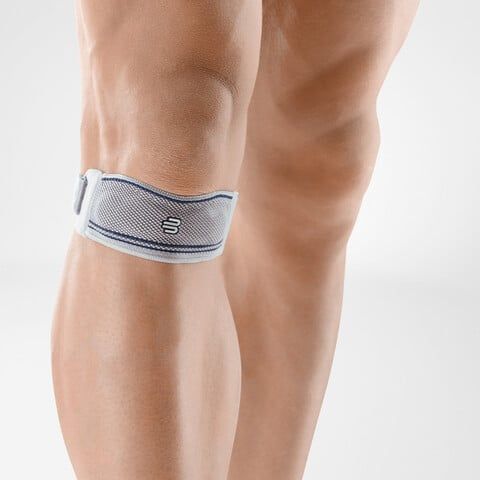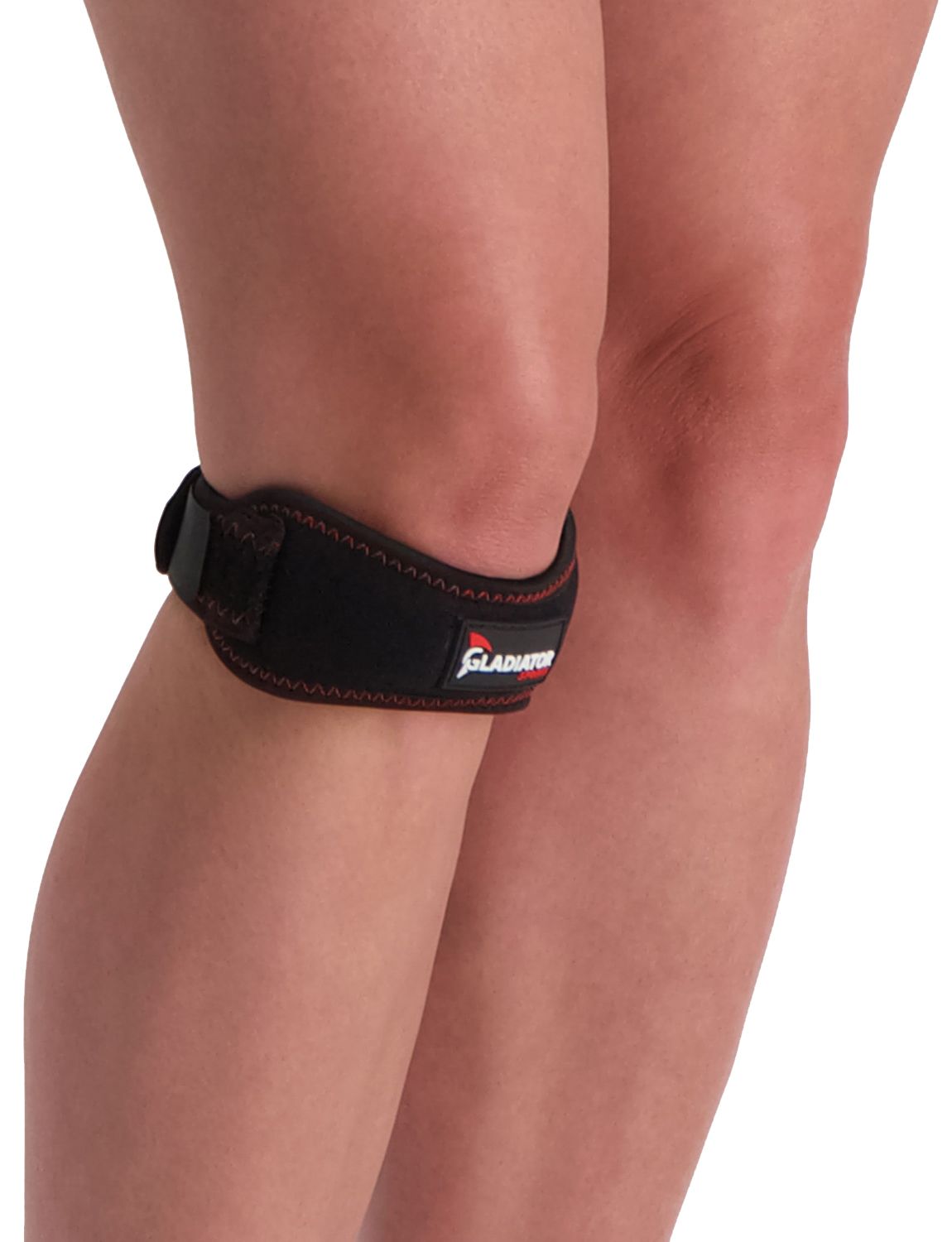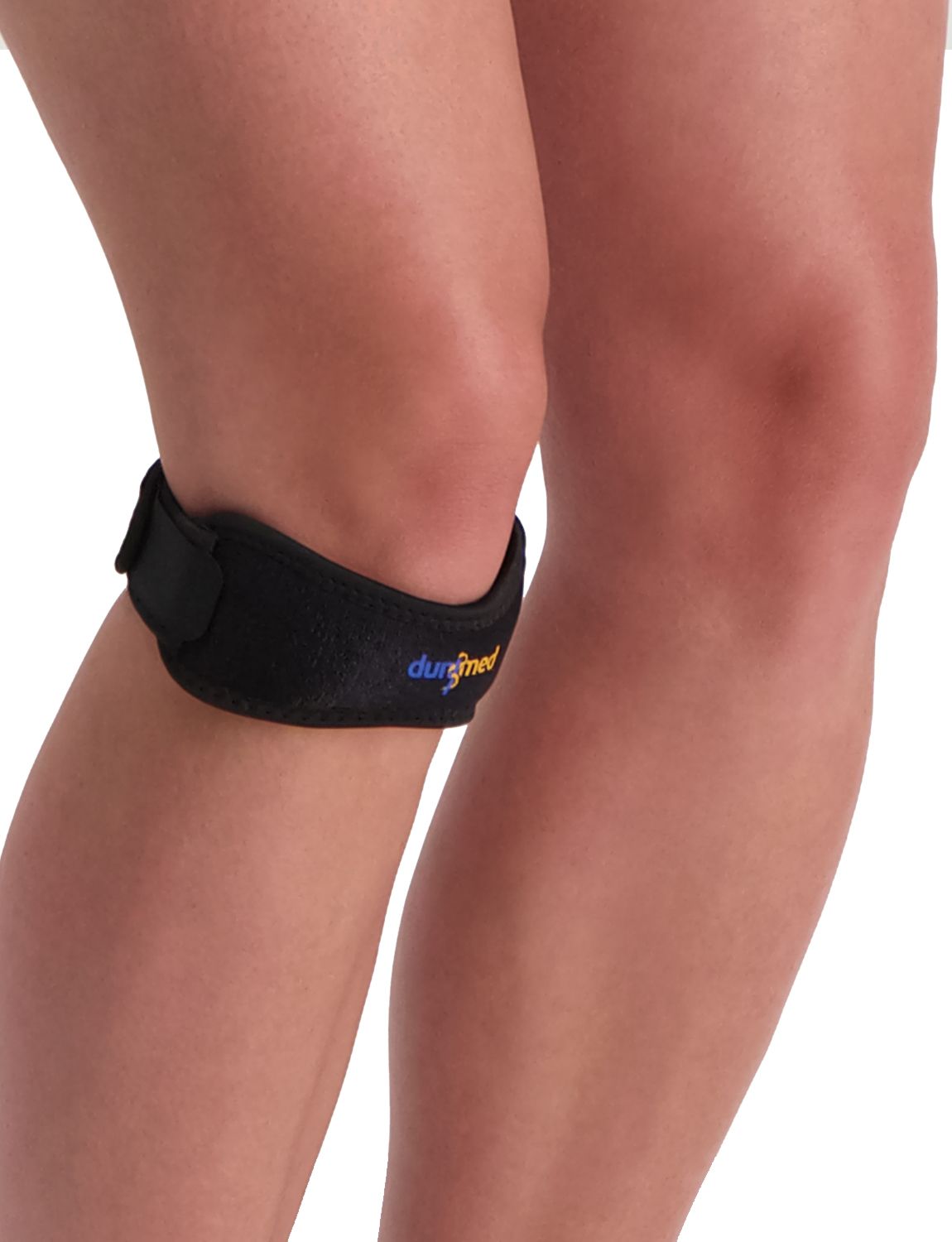Tendinitis in the Patella Tendon
Patellar tendonitis is a common sports injury in jumping sports such as volleyball or basketball, as well as in football and running sports. This is why it is also referred to as “jumper’s knee.” The thigh muscle, kneecap, and patellar tendon together form the knee’s extensor mechanism. The patellar tendon runs from the bottom of the kneecap to the lower leg, where it attaches to a bony bump known as the tibial tuberosity. It is one of the strongest and thickest tendons in the body.
Causes of tendonitis (tendinitis) specifically in the patellar tendon
A tendon, being a living structure, has limited blood supply and relatively few living cells. This limits its ability to heal compared to skin tissue. Daily use and sports activities cause microtears that usually heal quickly. However, overuse can lead to tears occurring more frequently or becoming too large for the natural healing process to keep up. This results in inflammation, which can be acute (sudden and intense) or chronic (persistent and nagging). Calcification in the patellar tendon is rare.
Symptoms of tendonitis (tendinitis) specifically in the patellar tendon
Symptoms are mainly characterized by pain located just below the kneecap. Swelling is often visible, though a noticeable lump in the tendon is rare. It’s important to distinguish this from bursitis, which affects the bursa located between the skin and tendon and is often inflamed from prolonged kneeling. Patellar tendonitis in athletes is classified into three grades:
- Grade 1: Pain during warm-up that disappears with continued activity
- Grade 2: Pain during warm-up that fades, but returns after prolonged or post-activity
- Grade 3: Constant pain before, during, and after activity
Treatment of tendonitis (tendinitis) specifically in the patellar tendon
The diagnosis is based on the clinical history and physical examination. Ultrasound and MRI scans can confirm the condition. Treatment can be either non-surgical or surgical. Non-surgical options include rest, ice, and anti-inflammatory medication. Stretching exercises and targeted therapy are also effective. In addition, supportive aids such as knee braces can help manage and alleviate the symptoms.

LP Support 721 Knee Support

Bauerfeind GenuTrain S Hinged Knee Support

Bauerfeind GenuPoint Patella Strap

Novamed MAX Hinged Knee Support with Crossed Straps

Gladiator Sports Knee Strap

Dunimed Knee Strap

- Physiotherapist
- Sports podiatrist
- Manual therapist
- Podopostural therapist
- Myofascial dry needling specialist


